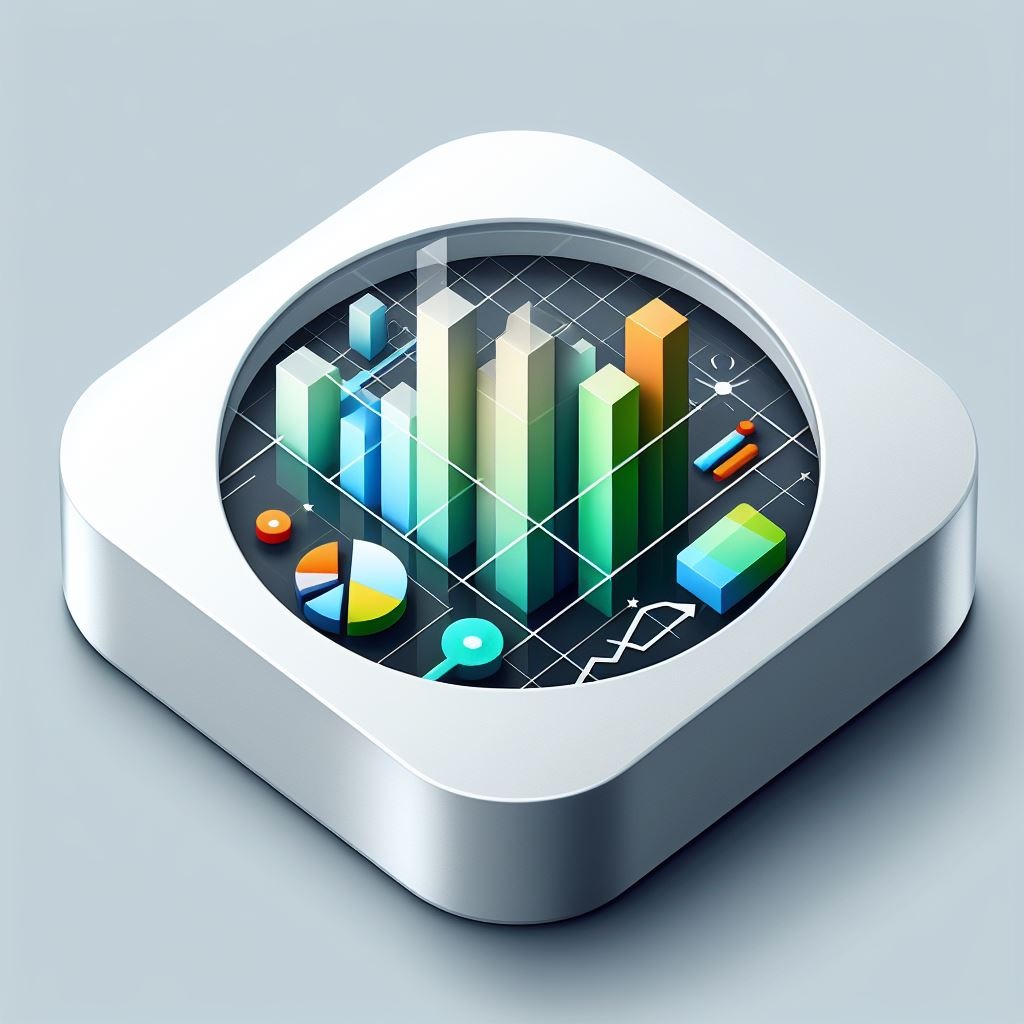In today’s data-driven world, extracting meaningful insights from complex datasets is crucial for informed decision-making. One powerful tool that has revolutionized the way we visualize and analyze data is Tableau. In this blog post, we’ll dive into the world of Tableau, exploring its features, benefits, and how it can empower businesses and individuals to harness the full potential of their data.
What is Tableau? Tableau is a robust and intuitive data visualization tool that allows users to turn raw data into easily understandable visualizations. Whether you’re a business analyst, data scientist, or anyone dealing with data, Tableau provides a user-friendly platform to create interactive and insightful dashboards.
Key Features of Tableau:
- Drag-and-Drop Interface: One of Tableau’s standout features is its intuitive drag-and-drop interface, making it accessible for users with varying levels of technical expertise. You can effortlessly connect to different data sources and start creating visualizations with just a few clicks.
- Real-time Data Connection: Tableau enables real-time data connectivity, allowing users to work with live data. This ensures that your visualizations are always up-to-date, providing a dynamic and accurate representation of your business metrics.
- Wide Range of Visualization Options: From simple bar charts to complex geographical maps, Tableau offers a diverse set of visualization options. This flexibility allows users to choose the most effective way to represent their data, fostering better understanding and insights.
- Dashboard and Story Creation: Tableau allows users to combine multiple visualizations into interactive dashboards and compelling stories. This feature is particularly beneficial for presenting data-driven narratives and insights to stakeholders.
Benefits of Using Tableau:
- Enhanced Decision-Making: By translating complex data into visual formats, Tableau makes it easier for decision-makers to grasp insights quickly. This leads to more informed and data-driven decision-making processes.
- Time Efficiency: The user-friendly interface and quick data connectivity features of Tableau contribute to significant time savings. Users can focus on analyzing and interpreting data rather than spending excessive time on the technical aspects of data manipulation.
- Collaboration and Sharing: Tableau facilitates collaboration among teams by allowing easy sharing of visualizations and dashboards. This collaborative approach ensures that insights are shared across the organization, fostering a data-driven culture.
In conclusion, Tableau is a powerful tool that empowers individuals and organizations to unlock the potential of their data. Its intuitive interface, diverse visualization options, and real-time connectivity make it a valuable asset for anyone looking to make sense of complex datasets. Incorporating Tableau into your data analysis toolkit can lead to more informed decision-making and a deeper understanding of your business or project.

